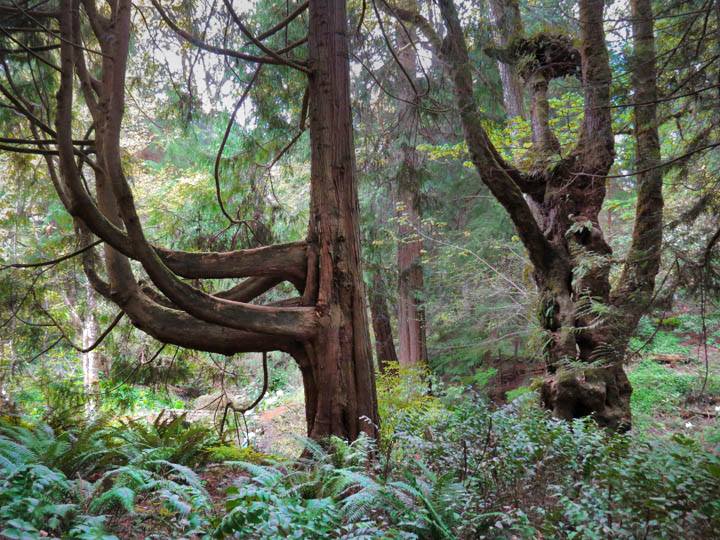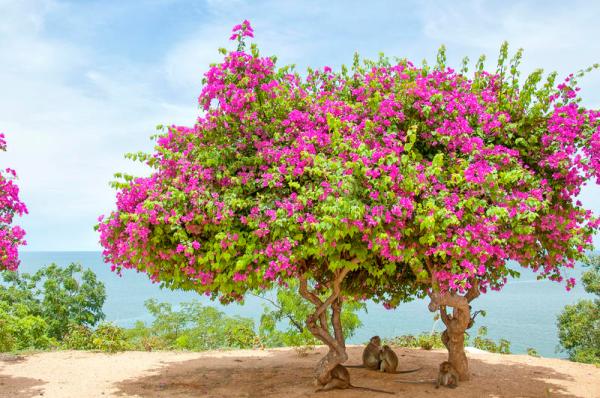
This is the time of year for celebrating trees as they put on their autumn display. Enchanted forests transform into even more magical places in this season. It can be pure glory to watch the vibrancy of fall. So I’m thinking about trees today, but I’m thinking of them with a bit of nostalgia. Several months ago our landlord had my favorite tree cut down to the ground—all the way with nothing left but a stump and an ugly, sawdust-looking mess. I was angry. I still am. The problem was the tree’s roots endangering the foundation of the house.
For me, the peril of the house’s foundation was not a significant concern. My concern was simply losing a “friend.” When we first moved into our house in Macon, I began photographing the tree, almost every day for a year, to capture its fascinating life cycle. I took photos of the leaves and the limbs and the bark, and found the tree’s transitions to be fascinating. In that time, I became attached to my Chinese Tallow tree with its beautiful leaves.
Scroll left to see a brief slideshow of a few of those Chinese Tallow photos.
Just a few months after I lost my tallow tree, a large limb in our enchanting backyard forest succumbed to heavy winds and fell to the ground, just missing our house. Behind our house, by the way, is a small forest. The forest is dense, with very large, tall trees providing a lush canopy, smaller trees providing a shorter canopy, and even smaller shrub-like trees and bushes filling in the rest. Sunlight peeks in through small areas of the thick canopy, but not enough to breach the dense foliage underneath. The forest provided shade for us, cool breezes in that part of our yard, nesting birds and small creatures, pleasant forest noises of rustling leaves and creaking limbs—natural beauty.
So, back to the limb that fell down in our forest. The landlord arrived with a small work crew to remove the limb and clean up. The small crew created big chaos in our little forest. The landlord asked them to go ahead and cut down the entire huge tree that had lost the one limb. Down came that tree. And another, and another, and another, leaving behind scarred, dusty, devastated earth. It hurt my heart. I could not look at it for several hours, as my husband described the desolation of our once-enchanting forest. Eventually, I went with him to the backyard. I could barely look at it. A lump rose up in my throat followed by anger that asked how humans dare to cut down large, living trees that may have been alive for a hundred years or more. Who gives us humans the right to do that?
I know that plenty of things (and people) harm trees. Lethal threats come in many forms: windstorms, ice storms, lightning strikes, wildfires, droughts, floods, a host of constantly evolving diseases, swarms of voracious insects.
Tender young seedlings are easily consumed by grazing mammals. Hostile fungi are a constant menace, waiting to exploit a wound, or a weakness, and begin devouring a tree’s flesh. But there is one predator whose acts are unforgivable. That predator is a human who is intent on cutting down breathing, oxygen-creating, life-giving trees.
Research tells us that the trees known as “mother trees” are a vital defense against many of these threats. When the biggest, oldest trees are cut down in a forest, the survival rate of younger trees is substantially diminished.
For young saplings in a deeply shaded part of the forest, the network of trees is literally a lifeline. Lacking the sunlight to photosynthesize, they survive because big trees pump sugar into their roots through the network.
At the University of British Columbia in Vancouver, Suzanne Simard and her grad students are making astonishing new discoveries about the sensitivity and interconnectedness of trees. Her research described the concept of “mother trees,” which she describes as the biggest, oldest trees in the forest with the most fungal connections. She says that the trees are not necessarily female, but she sees them performing a nurturing, supportive, maternal role. With their deep roots, they draw up water and make it available to shallow-rooted seedlings. They help neighboring trees by sending them nutrients, and when the neighbors are struggling, mother trees detect their distress signals and increase the flow of nutrients accordingly.
But you don’t have to take my word for it, especially if what I’m saying sounds unbelievable to you. Instead, I point you to an article published in The Smithsonian Magazine website, where I gleaned the scientific information for this blog post.
Journalist Richard Grant begins his article in The Smithsonian Magazine with an intriguing question: Do Trees Talk to Each Other? The controversial German forester, Peter Wohlleben, says yes, and his ideas are shaking up the scientific world.
Richard Grant writes, “My guide here is a kind of tree whisperer. Peter Wohlleben, a German forester and author, has a rare understanding of the inner life of trees, and is able to describe it in accessible, evocative language. Wohlleben has devoted his life to the study and care of trees.”
Grant goes on to explain . . .
Now, at the age of 53, Wohlleben has become an unlikely publishing sensation. His book The Hidden Life of Trees: What They Feel, How They Communicate, written at his wife’s insistence, sold more than 800,000 copies in Germany, and has now hit the best-seller lists in 11 other countries, including the United States and Canada.
— Richard Grant
“Some are calling it the ‘wood-wide web,’” says Wohlleben. “All the trees here, and in every forest that is not too damaged, are connected to each other through underground fungal networks. Trees share water and nutrients through the networks, and also use them to communicate. They send distress signals about drought and disease, for example, or insect attacks, and other trees alter their behavior when they receive these messages.”
Grant continues . . .
Wohlleben takes me to two massive beech trees growing next to each other. He points up at their skeletal winter crowns, which appear careful not to encroach into each other’s space. “These two are old friends,” he says. “They are very considerate in sharing the sunlight, and their root systems are closely connected. In cases like this, when one dies, the other usually dies soon afterward, because they are dependent on each other.”
– Richard Grant
One can only be mesmerized by this botanical research that gives a “human quality” to trees and makes forests even more enchanting to us.
. . . majestic crowns approaching one another make a glorious canopy, through the feathery arches of which the sunbeams pour, silvering the needles and gilding the stately columns and the ground into a scene of enchantment. —John Muir*

Enchanted forests, trees that talk with one another, connectedness between trees—is it science or fantasy? Scientists are only just beginning to learn the language of trees. They admit that most of the time they don’t know what the trees are saying with pheromones. They don’t know how exactly how the trees communicate within their own bodies. They don’t have nervous systems, but they can still feel what’s going on, and experience something analogous to pain. Another plant scientist, Allen Larocque, says, “When a tree is cut, it sends electrical signals like wounded human tissue.”
Perhaps I should just end with these provocative words by John Muir:
A few minutes ago every tree was excited, bowing to the roaring storm, waving, swirling, tossing their branches in glorious enthusiasm like worship. But though to the outer ear these trees are now silent, their songs never cease. Every hidden cell is throbbing with music and life, every fiber thrilling like harp strings, while incense is ever flowing from the balsam bells and leaves. No wonder the hills and groves were God’s first temples, and the more they are cut down and hewn into cathedrals and churches, the farther off and dimmer seems the Lord himself.
— John Muir
*Photography by W. Toman; http://hdr-photographer.com/



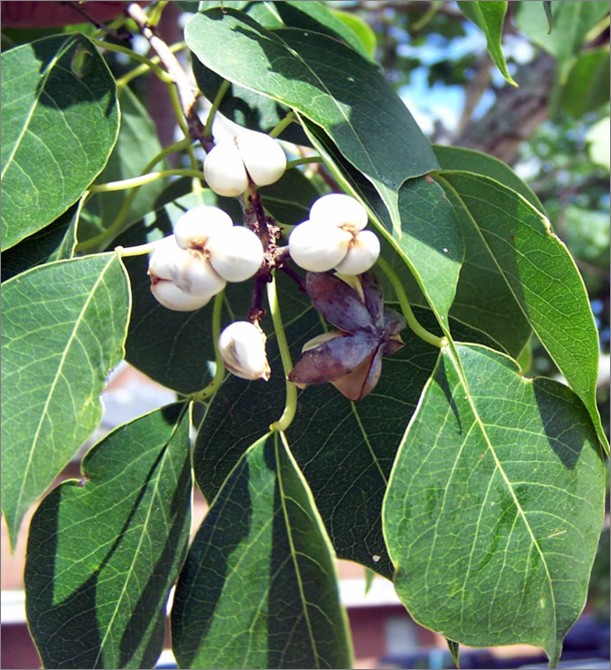



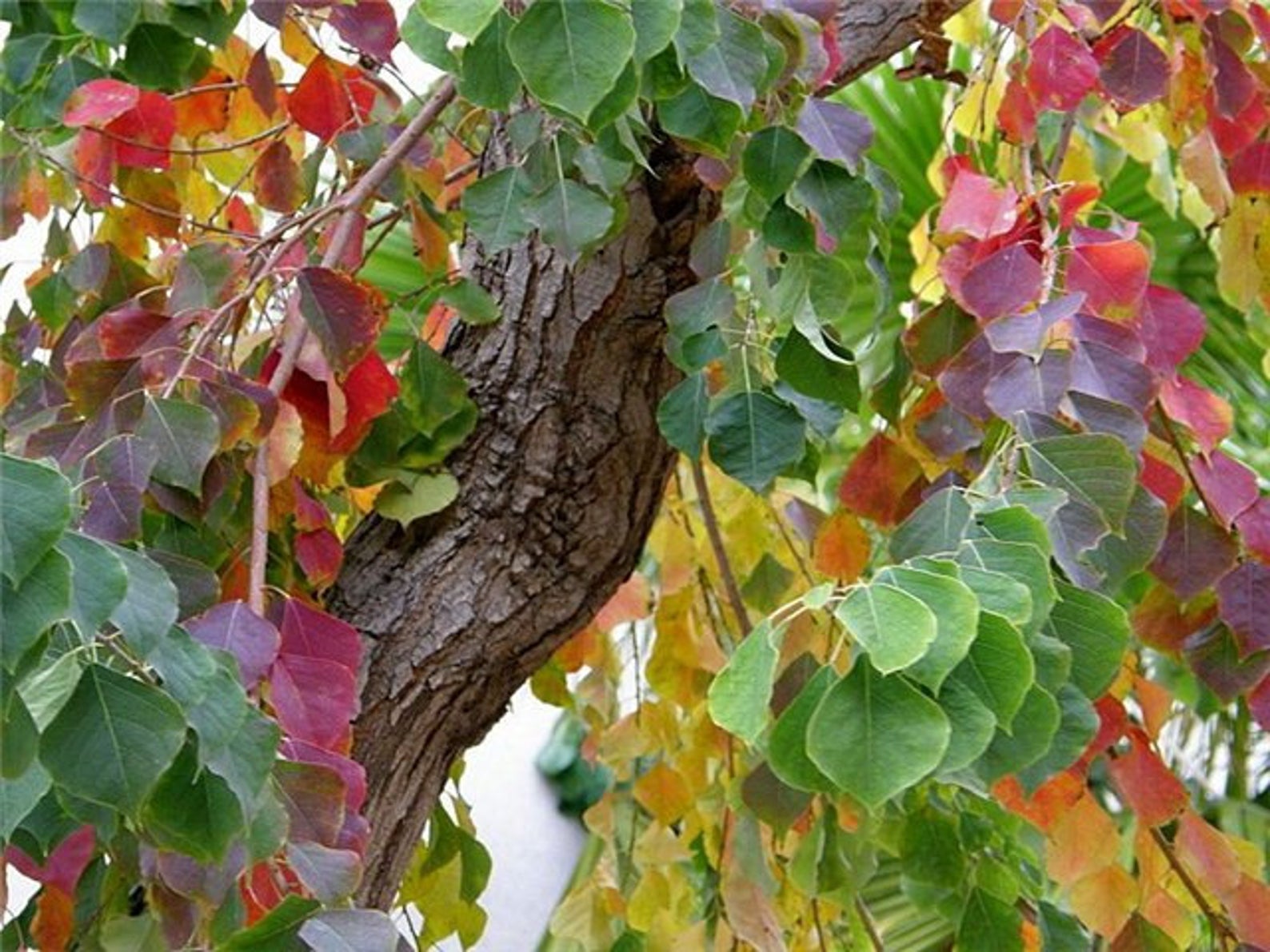

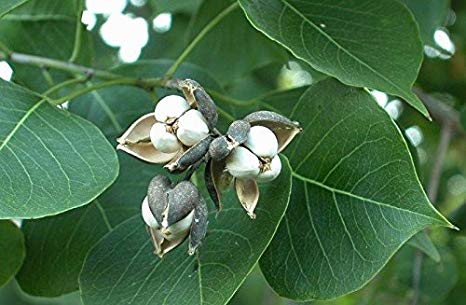
 There is no better expression I could share than Mary Oliver’s poem, When I Am Among Trees.
There is no better expression I could share than Mary Oliver’s poem, When I Am Among Trees. Oh, to claim our place in the world, to go easy, to embody the message of the trees: “It’s simple!”
Oh, to claim our place in the world, to go easy, to embody the message of the trees: “It’s simple!”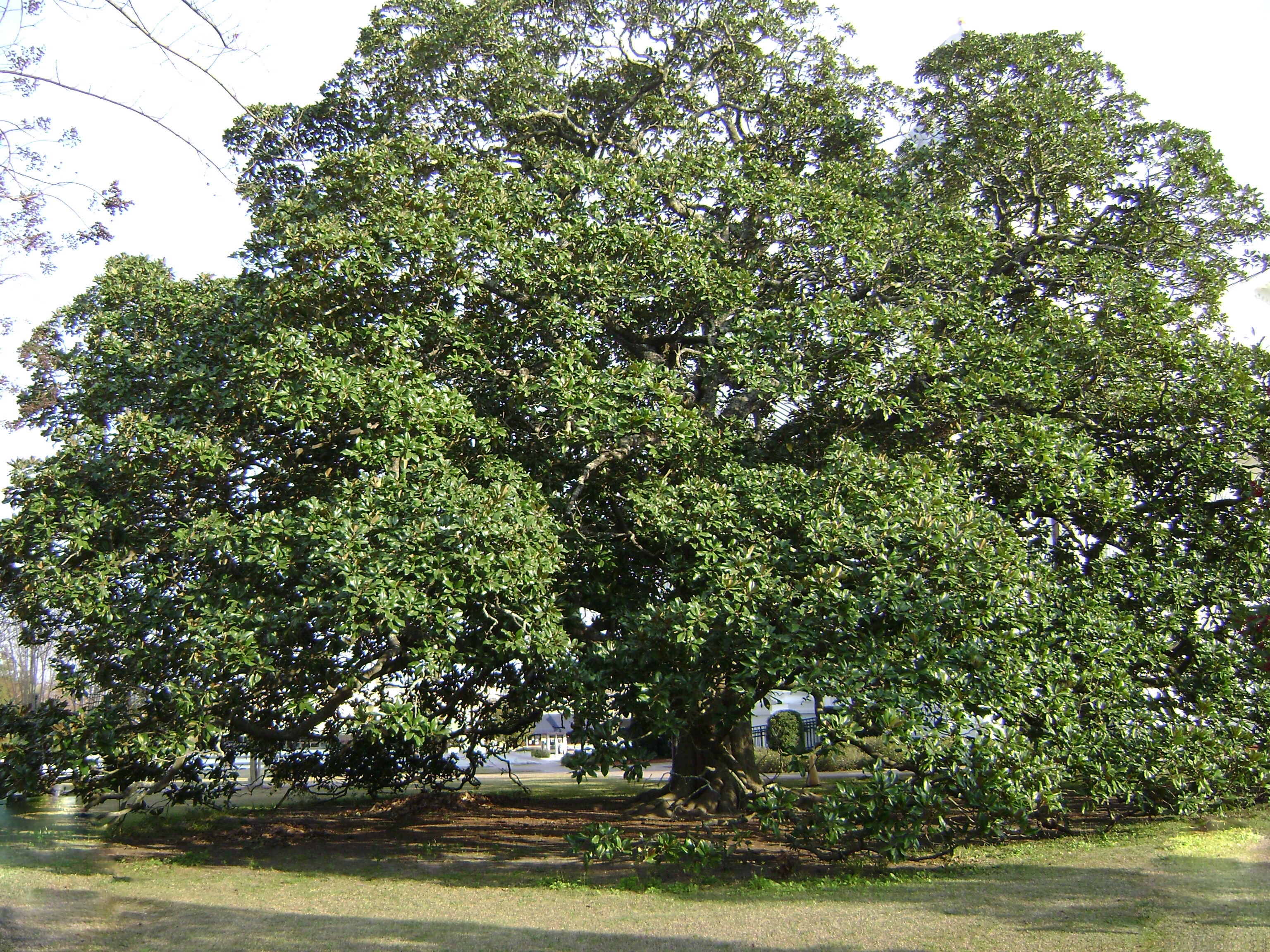 If you know me well, you will know that I have a love affair with trees. I always have, ever since I was a little girl playing among the protruding, gnarly roots of the enormous, beautiful magnolia tree in our yard. I would stay there for hours sometimes, finding under the tree’s canopy my own personal and private hiding place. Though it was ill advised, the tree endured carvings in its trunk without complaining even once. That tree had multiple carved hearts, each with an arrow and the names of boyfriends that came and went.
If you know me well, you will know that I have a love affair with trees. I always have, ever since I was a little girl playing among the protruding, gnarly roots of the enormous, beautiful magnolia tree in our yard. I would stay there for hours sometimes, finding under the tree’s canopy my own personal and private hiding place. Though it was ill advised, the tree endured carvings in its trunk without complaining even once. That tree had multiple carved hearts, each with an arrow and the names of boyfriends that came and went. Now that you’ve had a lesson on state trees that you did not ask for, I will tell you what’s up with me and trees. The lifelong connection happened when I was just a little girl. I lived with an abusive father who made my home a very unsafe place. Other forms of violence were prevalent as well: shouting and abusive language, threats of physical harm and a violent uncle that came with a gun and broke into our house by smashing the glass in our front door.
Now that you’ve had a lesson on state trees that you did not ask for, I will tell you what’s up with me and trees. The lifelong connection happened when I was just a little girl. I lived with an abusive father who made my home a very unsafe place. Other forms of violence were prevalent as well: shouting and abusive language, threats of physical harm and a violent uncle that came with a gun and broke into our house by smashing the glass in our front door.
